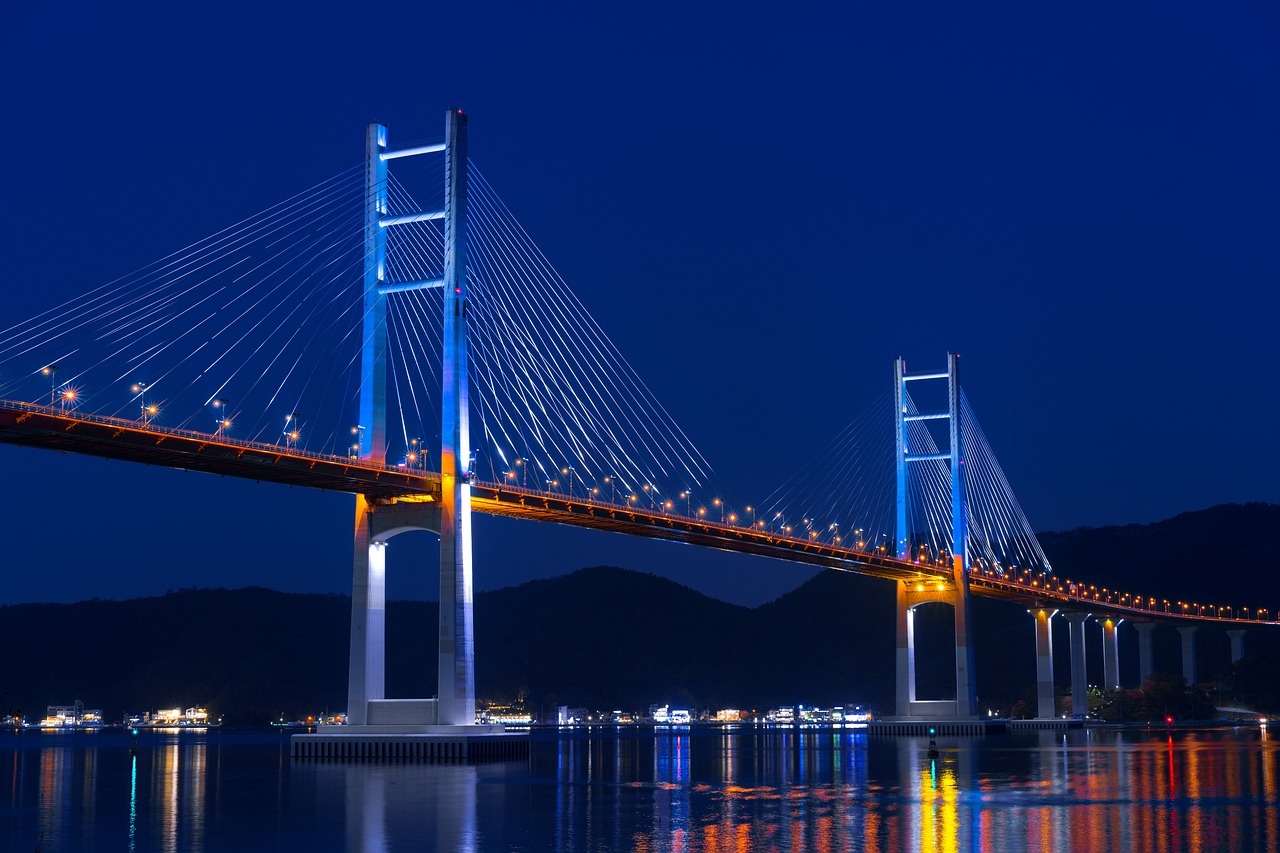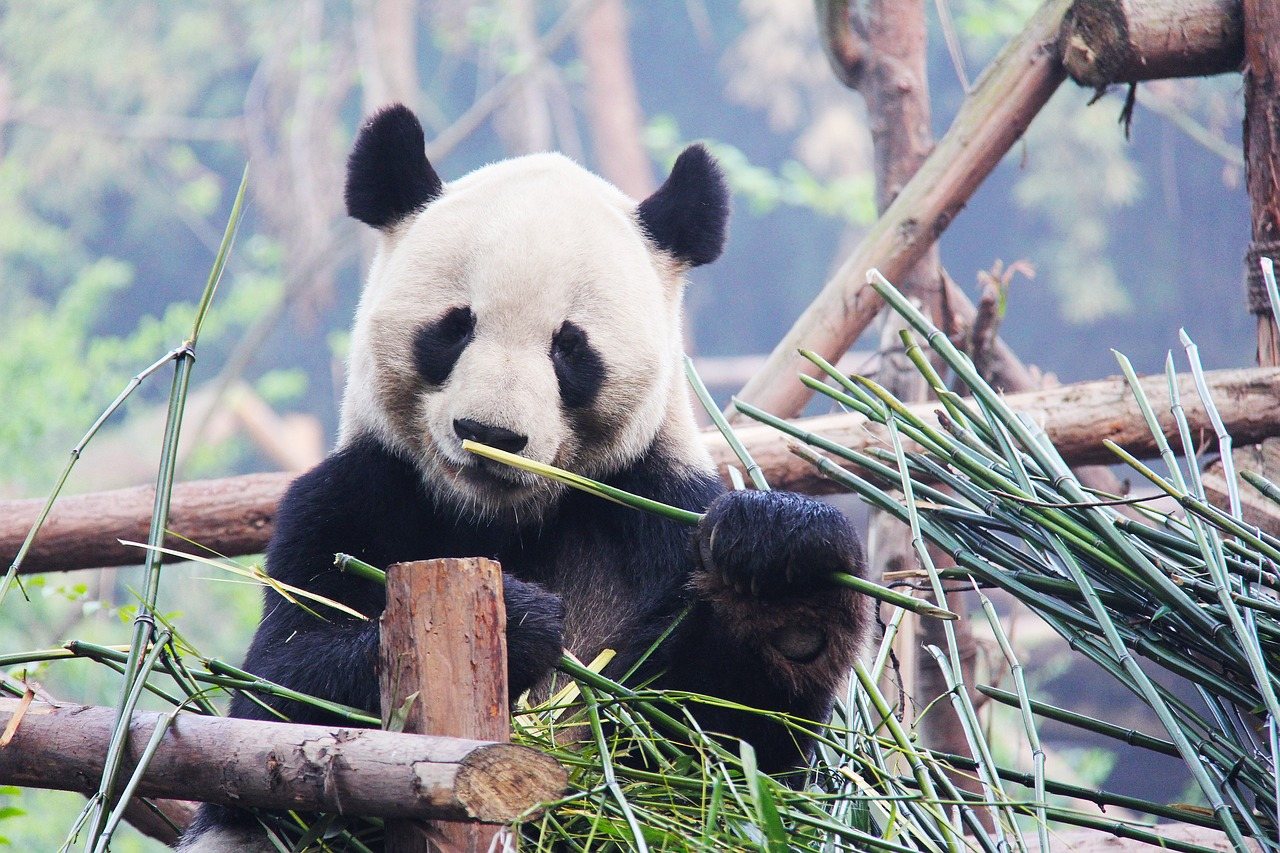Chengde museums are a treasure trove of Chinese art and history, showcasing the diverse and rich cultural heritage of the region. In this article, we will take a closer look at some of the most popular museums in Chengde, providing as much information as possible to help you plan your visit.
1. Puning Temple
Puning Temple, also known as the Temple of Universal Peace, is a Buddhist temple located in Chengde. It is one of the eight temples of Chengde and one of the largest wooden structures in China. The temple is a UNESCO World Heritage Site and is known for its intricate carvings and statues of Buddha.
Art and artifacts on display
The temple houses a large collection of Buddhist statues and carvings, including a 26-meter-tall statue of the Bodhisattva of Universal Peace, which is the largest wooden statue of its kind in China. Additionally, there are many intricate carvings and murals depicting scenes from Buddhist mythology and the life of the Buddha.
Special exhibitions
The temple occasionally hosts special exhibitions showcasing different aspects of Buddhist culture and art. These exhibitions may include artifacts from other temples and monasteries, as well as contemporary artworks inspired by Buddhist themes.
History and background
Puning Temple was built in the 18th century during the reign of the Qing dynasty emperor Qianlong. It was intended as a place of worship for both the imperial family and the local population. The temple was built on a grand scale, with many halls and buildings, to reflect the emperor’s status and power.
Guided tours
Guided tours of Puning Temple are available in Chinese and English. These tours provide an in-depth look at the history and architecture of the temple, as well as the stories behind the statues and carvings.
2. Putuo Zongcheng Temple
Putuo Zongcheng Temple, also known as the Temple of Emulating Zong Cheng, is another one of the eight temples of Chengde. It is a replica of the famous Potala Palace in Lhasa, Tibet, and is known for its Tibetan-style architecture and detailed carvings.
Art and artifacts on display
The temple houses a large collection of statues and carvings, many of which are made of bronze and other precious materials. These include statues of the Buddha and other important figures in Tibetan Buddhism, as well as intricate carvings depicting scenes from Buddhist mythology and the life of the Buddha.
Special exhibitions
The temple occasionally hosts special exhibitions showcasing different aspects of Tibetan culture and art. These exhibitions may include artifacts from other temples and monasteries, as well as contemporary artworks inspired by Tibetan themes.
History and background
Putuo Zongcheng Temple was built in the 18th century during the reign of the Qing dynasty emperor Qianlong. Like Puning Temple, it was intended as a place of worship for both the imperial family and the local population. The temple’s design was meant to reflect the emperor’s interest in and admiration for Tibetan culture and Buddhism.
Guided tours
Guided tours of Putuo Zongcheng Temple are available in Chinese and English. These tours provide an in-depth look at the history and architecture of the temple, as well as the stories behind the statues and carvings.



